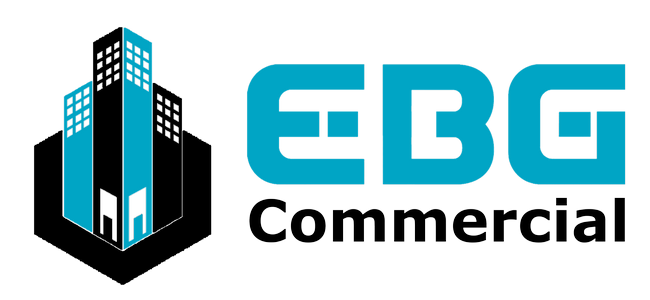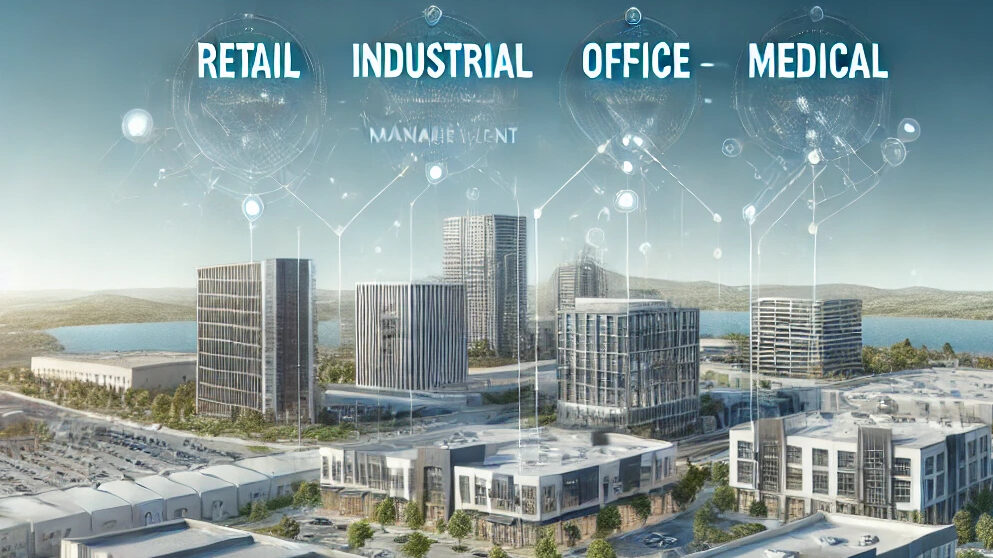Your Shopping Center’s Maintenance Is Bleeding Money (And You Don’t Even Know It)
The shocking truth about how DFW retail owners are wasting thousands on outdated maintenance approaches
After two decades in DFW retail real estate, I’ve seen one consistent pattern: most shopping center owners are throwing money away on maintenance while actually reducing their property’s value. If you’re still approaching maintenance reactively – fixing things when they break – you’re not just wasting money, you’re actively damaging your investment.
The Hidden Cost of Reactive Maintenance
Think about your last three major repairs. Were they:
- Emergency calls that cost premium rates?
- Issues that could have been prevented?
- Problems that disrupted tenant operations?
- Repairs that needed repeated fixes?
- Situations that frustrated your tenants?
Each of these scenarios is costing you more than just repair bills.
Why Traditional Maintenance Fails
The DFW retail market presents unique challenges:
- Climate Demands:
- Extreme summer heat
- Sudden temperature changes
- Severe storm risks
- High humidity periods
- Freeze possibilities
- Operational Pressures:
- Extended retail hours
- High foot traffic
- Customer expectations
- Tenant requirements
- Competition standards
- System Complexity:
- Advanced HVAC needs
- Modern electrical systems
- Complex plumbing
- Security requirements
- Technology integration
The Real Impact on Your Investment
Poor maintenance affects more than just repair costs:
- Decreased property value
- Higher operating expenses
- Increased tenant turnover
- Lower rental rates
- Poor tenant satisfaction
- Lost market position
Modern Retail Maintenance Strategy
Today’s successful retail properties require:
- Preventive Planning:
- Regular inspections
- Scheduled maintenance
- System monitoring
- Vendor coordination
- Budget optimization
- Strategic Execution:
- Priority-based responses
- Quality control
- Cost management
- Documentation
- Performance tracking
- Value Protection:
- Asset preservation
- System upgrades
- Energy efficiency
- Aesthetic maintenance
- Structural integrity
Real Results in DFW’s Market
Let me share a recent example: A shopping center in North Dallas was spending $15,000 monthly on reactive maintenance. After implementing a preventive strategy:
- Monthly costs dropped to $8,000
- Emergency calls reduced by 75%
- Tenant satisfaction improved significantly
- Property value increased
- Energy costs decreased by 30%
Critical Maintenance Areas
Focus on these key systems:
- HVAC Systems:
- Regular servicing
- Filter changes
- Performance monitoring
- Efficiency testing
- Preventive repairs
- Building Envelope:
- Roof inspections
- Waterproofing checks
- Facade maintenance
- Window sealing
- Structure monitoring
- Common Areas:
- Lighting maintenance
- Surface repairs
- Landscape upkeep
- Parking lot care
- Safety systems
Strategic Implementation
Success requires a systematic approach:
- Assessment:
- System evaluation
- Cost analysis
- Priority setting
- Resource planning
- Schedule development
- Execution:
- Vendor management
- Quality control
- Cost monitoring
- Documentation
- Performance tracking
- Optimization:
- Results analysis
- Strategy adjustment
- Cost refinement
- System upgrades
- Efficiency improvements
The Bottom Line
Your shopping center’s maintenance strategy isn’t just about keeping things working – it’s about protecting and enhancing your investment’s value. In today’s competitive DFW market, proper maintenance is the difference between a thriving retail center and a declining asset.
Don’t wait for problems to become emergencies. Every dollar saved in preventive maintenance can prevent $10 in emergency repairs.
Share Your Experience: What maintenance challenges have you faced with your retail property? How have they affected your bottom line? Share your thoughts in the comments below – your insights could help other owners optimize their maintenance strategies.
#RetailNavigator #DFWRealEstate #PropertyManagement

